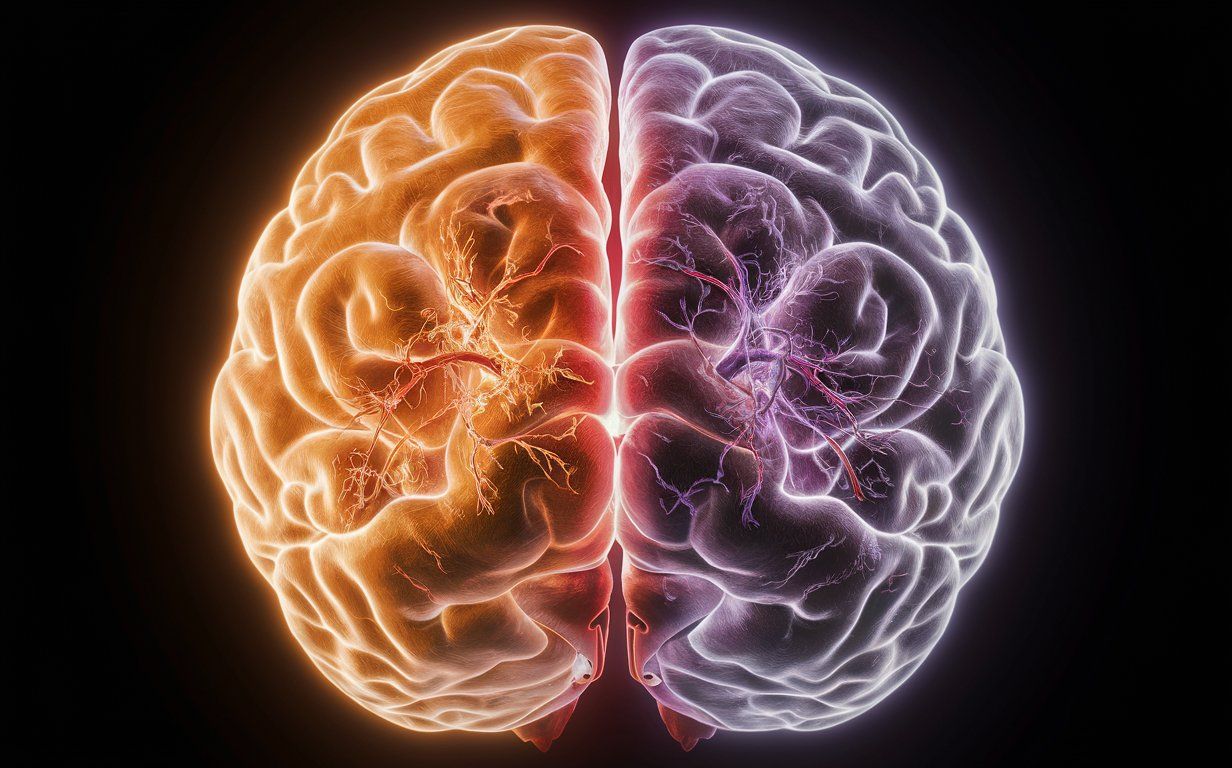Follow us on Google News (click on ☆)
This advancement highlights the remarkable flexibility of the brain to integrate and utilize cells from different species, potentially paving the way for revolutionary approaches in human-machine interfaces and cell transplantation therapies.

Led by Kristin Baldwin of Columbia University, the research team introduced rat stem cells into mouse blastocysts, an early developmental stage occurring just a few hours after fertilization. This technique, known as blastocyst complementation, is similar to that used to create mice with human immune systems, proving to be powerful research tools. However, until this study, this technique had not succeeded in creating hybrid brains across two different species.
In their initial hybrid experiments, the researchers examined the localization of the rat neurons in the mouse brain. The findings showed that rat cells developed and established connections in a manner similar to those of mice, thus demonstrating the possibility of functional integration of rat neurons. This integration was particularly effective in the olfactory system, useful for mice in food foraging and predator avoidance.
When testing the olfactory sensitivity of these hybrid mice by hiding cookies in their cage, the researchers were surprised to find that the mice could locate them using rat neurons. However, some mice proved more adept than others, highlighting the complexity of neuronal substitution and the need for targeted strategies to eliminate dysfunctional neurons in neurodegenerative and neurodevelopmental disorders.
This work opens the door to new perspectives, particularly in understanding and treating human neurological diseases. By better understanding cell functionality and integration, this research could accelerate the development of models for conditions like Parkinson's disease and epilepsy, while offering valuable opportunities for cell replacement therapies and human-machine interfaces. Beyond mice and rats, this approach could even extend to primate neurons, bringing researchers closer to understanding human neurological disorders.